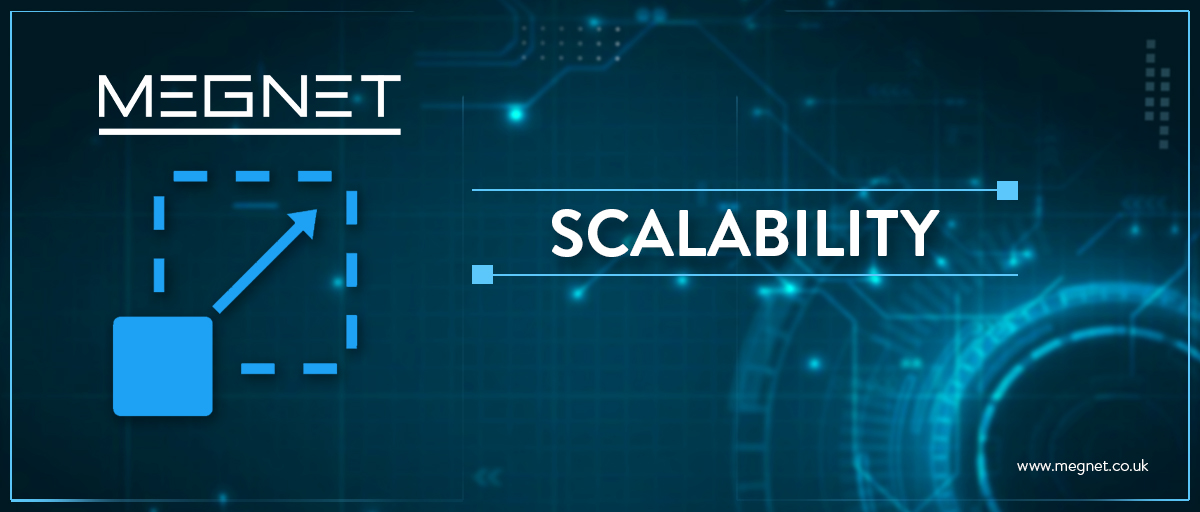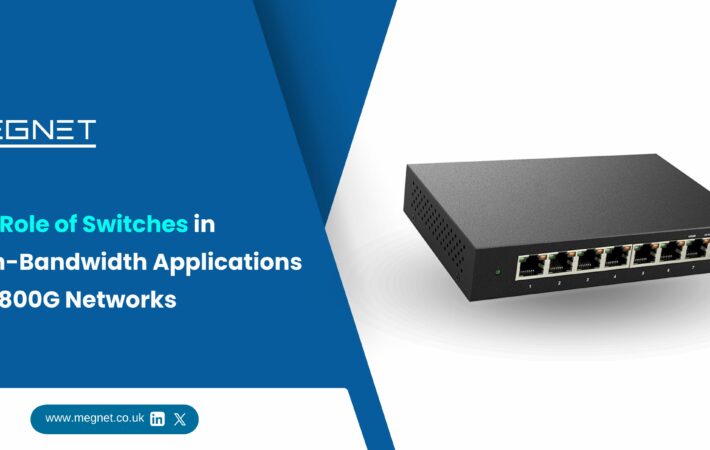
Ultimate Guide To Chimera Transceivers
If you are looking for a way to improve your data transmission capabilities, you might want to consider Chimera transceivers. Chimera transceivers are optical transceiver modules that are designed to provide high-speed and reliable data transmission across various applications. In this blog post, we will explain what Chimera transceivers are, how they work, and why they are the best choice for your IT infrastructure.
The optical transceivers are used for transmitting and receiving the optical signals in high-capacity data centers. Generally, the data centers feature a hierarchy type of Ethernet networks. These networks can be copper-based, fiber-based, or hybrid (copper-fiber). In the modern network, upgrading all devices to fiber-based components may not be convenient. The optical transceivers are used in certain cases to convert an electric signal into an optical signal. These signals are further transferred through fiber optic cables.
The transceivers consist of pairs of transmitters and receivers which play an important role in the electro-optical and reverse conversion of signals. Since in high-capacity data centers, multiple copper-fiber connections are required, multiple numbers of optical transceivers are used. Each optical transceiver is exposed to a high volume of data packets and therefore, the need for upgradation and performance enhancement of optical transceivers is a constant requirement. Network engineers for high-capacity data centers often face challenges for optical transceivers due to the increasing demand for performance efficiency.
What are Chimera Transceivers?
Chimera transceivers are optical transceiver modules that convert electrical signals into optical signals and vice versa. They are used to connect network devices such as switches, routers, servers, and storage systems using fiber optic cables. Chimera transceivers come in different form factors such as SFP, SFP+, QSFP, QSFP+, etc., depending on the data rate and transmission distance required.
How do Chimera Transceivers Work?
Chimera transceivers consist of two main components: a transmitter and a receiver. The transmitter uses a laser diode to generate a light signal that carries the data. The receiver uses a photodetector to convert the light signal back into an electrical signal. The transmitter and receiver are connected by a fiber optic cable that carries the light signal over long distances with minimal loss or interference.
Why Choose Chimera Transceivers?
Chimera transceivers offer several advantages over other optical transceiver modules. Here are some of the reasons why you should choose Chimera transceivers for your IT infrastructure:

Chimera transceivers are fully compatible with all major networking equipment vendors, making it easy and cost-effective for you to upgrade and expand your network without changing your existing devices.

Chimera transceivers provide high performance and reliability, ensuring that your data transmission is fast and error-free. They also support various wavelengths and protocols, allowing you to customize your network according to your needs.

Chimera transceivers are scalable and flexible, enabling you to increase your network capacity and speed as your business grows. They also support various transmission distances, ranging from 100 meters to 80 kilometers, depending on the type of fiber optic cable used.

Chimera transceivers are energy-efficient and eco-friendly, reducing your power consumption and carbon footprint. They also have a long lifespan and low maintenance costs, saving you money in the long run.
25G Transceivers –
- Increased Bandwidth: 25G transceivers offer a significant boost in bandwidth compared to their predecessors. This allows for faster data transfer rates and supports higher network performance.
- Compatibility and Interoperability: 25G transceivers are designed to be backward-compatible with 10G and 40G transceivers. This makes it easier to integrate them into existing network infrastructures without the need for a complete overhaul.
- Cost-Effective Solution: 25G transceivers provide a cost-effective upgrade path for organizations seeking higher network speeds. They offer improved performance without requiring the higher costs associated with transitioning to 40G or 100G transceivers.
- Future Proofing: By implementing 25G transceivers, organizations can prepare their networks for future growth and increased demands. The scalability of 25G technology ensures that networks can accommodate expanding data requirements without requiring immediate upgrades.
25G chimera transceivers are compatible with SFP28 ports and can support 25G Ethernet, 32G Fibre Channel, or CPRI-10 protocols. They use a single-lane optical interface and can reach up to 10 km over single-mode fiber or 100 m over multimode fibre.
40G Transceivers –
- High-Speed Performance: 40G transceivers deliver exceptionally fast data transfer rates, enabling rapid data transmission for bandwidth-intensive applications, such as video streaming, cloud computing, and large-scale data transfers.
- Dense Network Connectivity: 40G transceivers allow for increased network density by transmitting larger volumes of data simultaneously. This makes them suitable for data centers and enterprise networks with high traffic demands and a need for efficient connectivity.
- Enhanced Flexibility: 40G transceivers offer flexibility in network configurations by supporting breakout cables that split the 40G connection into four independent 10G connections. This enables compatibility with existing 10G network infrastructure and provides versatility for future expansion.
- Improved Power Efficiency: 40G transceivers are designed with power efficiency in mind, helping organizations reduce energy consumption and lower operating costs while maintaining high-speed connectivity.
40G chimera transceivers are compatible with QSFP+ ports and can support 40G Ethernet, 56G InfiniBand, or OTU3 protocols. They use a four-lane optical interface and can reach up to 40 km over single-mode fiber or 300 m over multimode fibre.
100G Transceivers –
- Ultra-High Speed: 100G transceivers provide an incredibly fast data transfer rate, enabling near-instantaneous transmission of large files and supporting bandwidth-intensive applications in real time.
- Network Consolidation: With 100G transceivers, organizations can consolidate multiple 10G or 40G connections into a single 100G link, simplifying network architecture and reducing complexity. This consolidation optimizes network resources and enhances overall performance.
- Scalability and Futureproofing: 100G transceivers offer scalability to meet the growing demands of data-intensive applications. With their high capacity, they provide ample headroom for future network expansion and technology advancements.
- Enhanced Data Center Efficiency: 100G transceivers enable efficient data center operations by supporting high-speed connectivity within and between data centers. They facilitate seamless data transfer, reduce latency, and enhance overall data center performance.
100G chimera transceivers are compatible with QSFP28 ports and can support 100G Ethernet, 128G Fibre Channel, or OTU4 protocols. They use a four-lane optical interface and can reach up to 80 km over single-mode fiber or 400 m over multimode fibre.
By understanding the unique features and benefits of 25G, 40G, and 100G transceivers, organizations can choose the most suitable option based on their specific requirements, network infrastructure, and future growth plans.
How to Buy Chimera Transceivers?
If you are interested in buying Chimera transceivers, you can visit our website and browse through our wide range of products. You can also contact us for any inquiries or assistance. We will be happy to help you find the best solution for your IT infrastructure.
Conclusion
Chimera transceivers are optical transceiver modules that provide high-speed and reliable data transmission across various applications. They are compatible, scalable, sustainable, and affordable, making them the best choice for your IT infrastructure. Whether you need them for data centers, telecommunications networks, or high-performance computing, Chimera transceivers can help you transform your IT infrastructure with ease.
Subscribe to our Newsletter to get more updates on transceivers.
FAQ's
Absolutely! Chimera Transceivers have applications in various industries where reliable communication is essential.
Yes, multiple Chimera Transceivers can be connected to create a network or expand coverage.
Yes, most Chimera Transceivers come with user-friendly interfaces and straightforward setup processes.
Yes, many Chimera Transceivers include encryption protocols to ensure secure transmission of data.
Yes, Chimera Transceivers offer extended range capabilities, making them suitable for long-distance communication.
Yes, Chimera Transceivers are designed to withstand outdoor conditions and provide reliable communication.
Yes, Chimera Transceivers are typically compatible with major operating systems such as Windows, macOS, and Linux.
Yes, Chimera Transceivers can support multi-device environments, allowing simultaneous connections and communication across multiple devices.
Yes, Chimera Transceivers come in various form factors to accommodate different use cases, including modules, standalone devices, and integrated solutions









Leave a comment
Your email address will not be published. Required fields are marked *